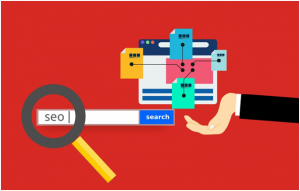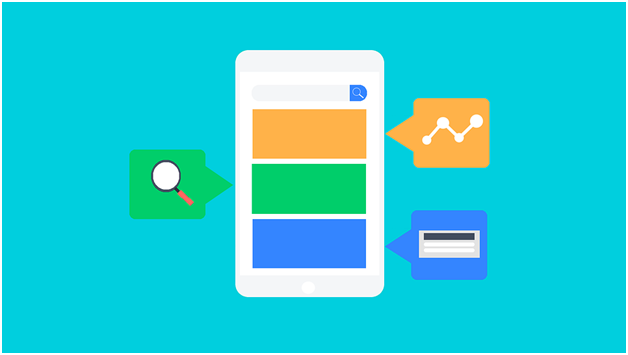Most people understand that image sizes slow down page loads, so they need to be as small as quality allows. Google prefers pages that load quickly, as do visitors. However, there is much more to image optimization than just size. They are an opportunity to push your keywords and promote your website.

Image Searches
They say a picture speaks a thousand words, but on the web, a picture is a good way of getting people to read them. According to Moz, 27% of web searches are for images. That’s several hundred million daily, and every image Google returns contains a link to the page where it was discovered. With that much traffic at stake, you can’t afford to ignore the potential of your images to lead people to your website. Make sure your pages give Google permission to index your images.
Naming and Tagging
Google is always looking for the keywords that tell it what a page is about. Image titles, descriptions and file names all contribute to this, and yet so many websites neglect them. Rename all your files to stress the point of your page. Make sure you echo similar information in the caption, description, title and alt tags associated with the image.

File names should avoid “stop words” whenever possible. These include articles and prepositions like “a”, “the”, “of”, “in” or “from”. Google usually assumes they mark divisions between significant phrases rather than being part of one. Spaces are also a bad idea, so replace them with hyphens in file names.
While your image helps describe and promote your page, the page can also help describe and promote the image. Try to keep instances of your keywords close to your images.
Elevate UK, who provide professional SEO services in London, can audit your website to see how well your images are helping or harming your ranking.
Compression
There are many pros and cons of using different types of the image file. JPEGs (.jpg) are compressed so are better for larger images but offer no advantage for small icons, for which PNG or GIF files do fine. You can accelerate your page loads by having the images hosted on another server – ideally a dedicated media server. This allows your visitors’ browsers to load content from your main server while simultaneously downloading images from another.

